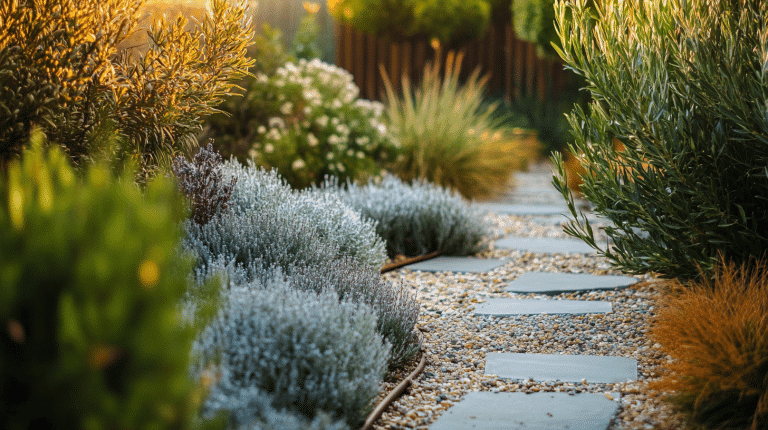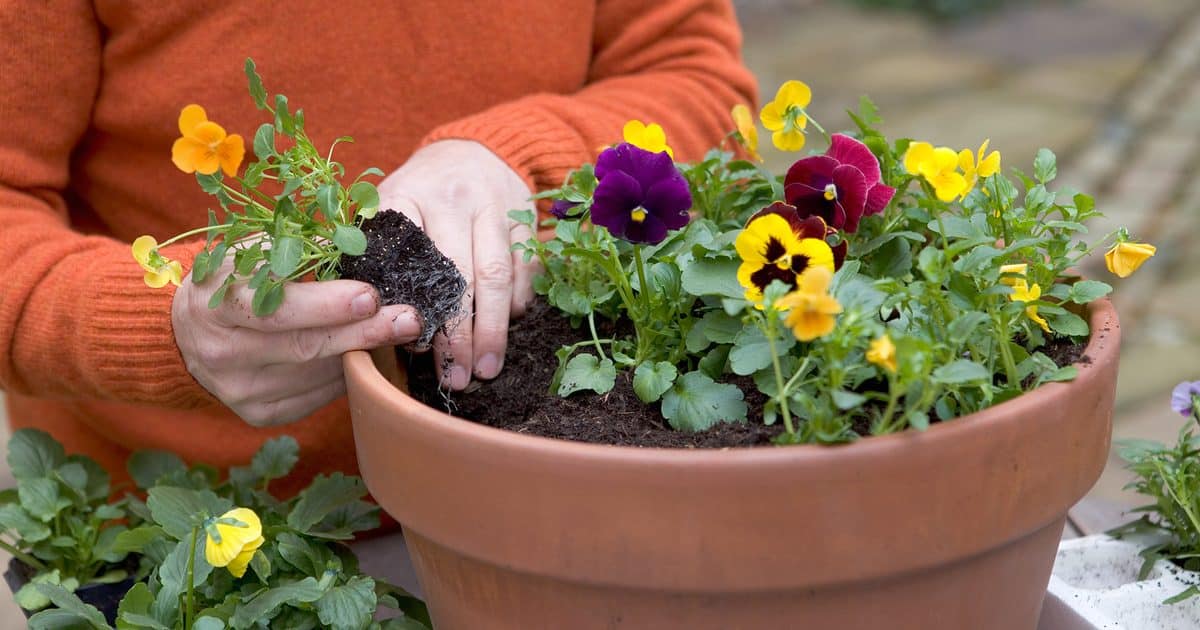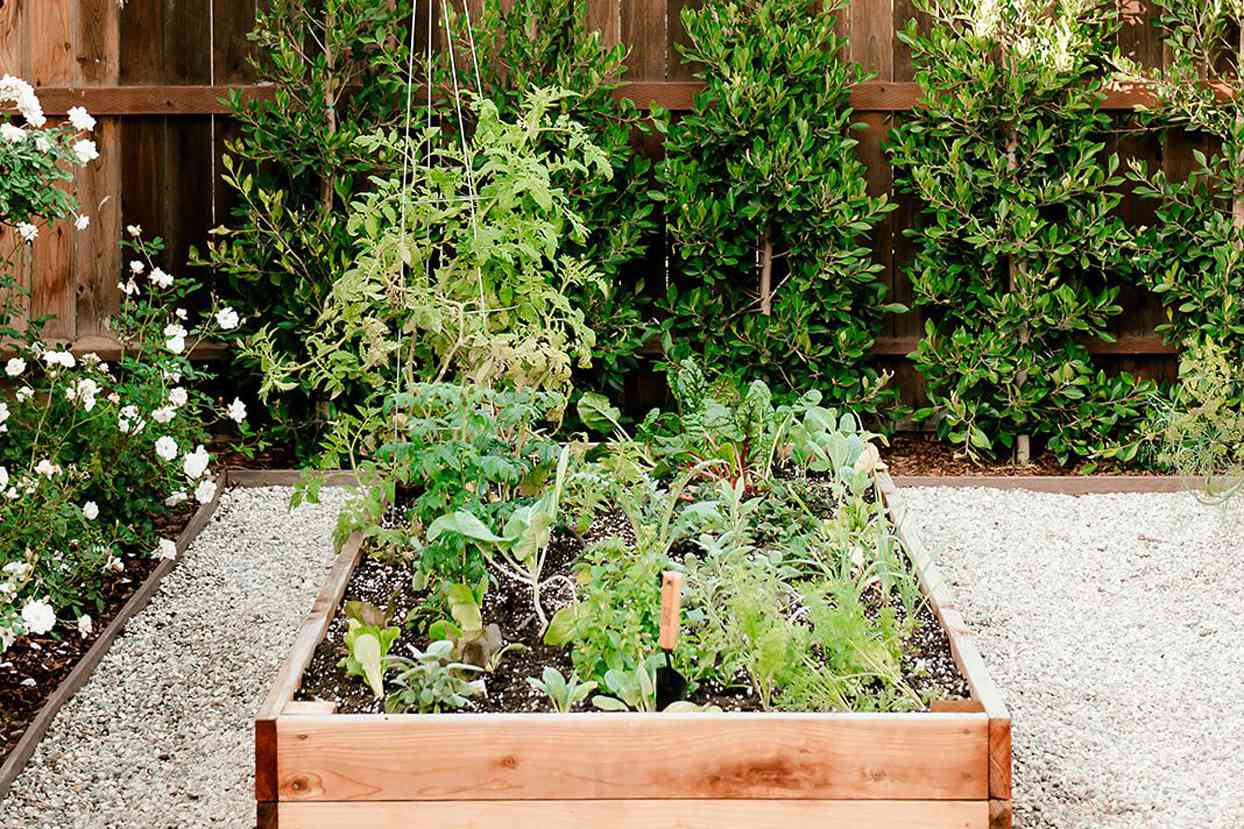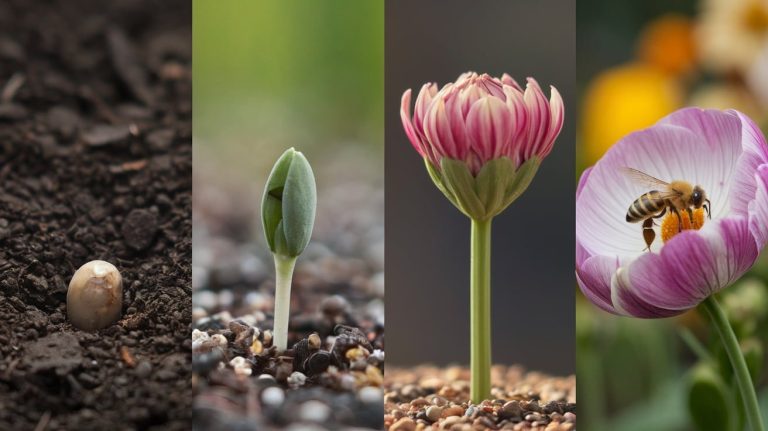Gardening enthusiasts often find themselves in a bit of a rut as temperatures drop and the days grow shorter. However, Australia’s cooler seasons offer an opportunity to cultivate a thriving garden with the right plants and knowledge.
This post aims to equip gardeners with essential tips for gardening in Australia’s cooler months, covering what to plant, how to care for your garden, and ways to ensure that your green space remains vibrant and productive throughout the season.
The Unique Climate of Australia’s Cooler Seasons
Australia’s climate is incredibly diverse, and understanding the specific conditions of your region is crucial for successful gardening in the cooler months. From the temperate zones of Melbourne to the subtropical areas of Queensland, each region presents its own set of challenges and opportunities.
Gardening in cooler seasons can be quite different from the warmer months. Lower temperatures and reduced daylight hours mean that plants grow more slowly, and certain pests and diseases become less active. However, frost and chilly winds can pose challenges, making it essential to select the right plants and provide adequate protection.
Researching local climate patterns and consulting regional gardening guides can help you make informed decisions about what to plant and how to care for your garden during the cooler months. Knowing your local frost dates and average temperatures will also help you plan your planting schedule more effectively.
Choosing the Right Plants for Cooler Months
Selecting the right plants is the first step towards a successful winter garden. While some plants may struggle in cooler temperatures, others thrive and even prefer these conditions. Here are some of the best vegetables, fruits, and flowers to consider for your garden.
Vegetables for Cooler Seasons
Winter is an excellent time to plant a variety of vegetable seeds that prefer cooler temperatures. Some of the best options include:
- Leafy Greens: Spinach, kale, and Swiss chard are hardy greens that thrive in cooler weather. They are packed with nutrients and can be harvested continually throughout the season.
- Root Vegetables: Carrots, beets, and radishes grow well in cooler soils and can withstand light frosts. These vegetables store well, making them perfect for winter harvesting.
- Brassicas: Members of the brassica family, such as broccoli, cauliflower, and Brussels sprouts, are well-suited for cooler climates. They require a bit more space but are worth the effort for their nutritional benefits.
Fruits to Grow in Winter
While fewer fruits are suitable for winter growing, some varieties do exceptionally well in cooler temperatures. Consider planting the following fruit seeds:
- Citrus Trees: Lemon, lime, and mandarin trees can tolerate cooler temperatures, especially in milder regions. They may need some protection from frost, but they can produce fruit year-round.
- Strawberries: These hardy berries can handle cooler weather and will produce a small crop during the winter months. Plant them in a sunny spot for the best results.
- Pomegranates: Pomegranate trees are surprisingly resilient to cooler temperatures and can thrive in various climates across Australia.
Flowers for Winter Beauty
Adding flowers to your winter garden can bring a burst of colour and life during an otherwise drab season. Consider these cold-tolerant blooms:
- Pansies and Violas: These cheerful flowers are frost-resistant and come in a wide range of colours. They make excellent bedding plants and can brighten up garden borders and containers.
- Cyclamen: Cyclamen plants are known for their stunning, butterfly-like flowers and attractive foliage. They thrive in shaded areas and can add a touch of elegance to your garden.
- Primroses: Primroses are hardy perennials that bloom in a variety of colours. They prefer partial shade and can create a vibrant display in garden beds and containers.
Preparing Your Garden Bed for Cooler Weather
A successful winter garden starts with proper soil preparation and garden bed maintenance. Here are some essential steps to ensure your garden is ready for the cooler months:
- Clear Debris: Remove any dead plants, leaves, and weeds from your garden beds. This will help prevent the spread of pests and diseases that can overwinter in the debris.
- Add Organic Matter: Enrich your soil with compost or well-rotted manure. This will improve soil structure, add essential nutrients, and enhance water retention, which is crucial during the cooler months.
- Mulch: Apply a thick layer of mulch around your plants to insulate the soil and protect plant roots from temperature fluctuations. Mulching also helps retain moisture and suppress weeds.
Watering and Fertilising in Cooler Seasons
Watering and fertilising practices need to be adjusted during the cooler months to accommodate the changing needs of your plants. Here are some tips to keep your garden healthy and hydrated:
- Watering: While plants require less water in winter, it’s essential not to let the soil dry out completely. Water deeply but less frequently, ensuring the soil remains evenly moist but not waterlogged.
- Fertilising: Use a balanced, slow-release fertiliser to provide a steady supply of nutrients throughout the season. Avoid over-fertilizing, as this can lead to weak, leggy growth that is susceptible to frost damage.
- Monitor Soil Moisture: Regularly check the moisture level of your soil by inserting your finger or a moisture metre into the ground. Adjust your watering schedule based on the moisture content and weather conditions.
Protecting Your Plants from Frost
Frost can be a significant challenge for gardeners during Australia’s cooler months. Taking proactive steps to protect your plants can help prevent frost damage and ensure their survival:
- Frost Cloths and Covers: Use frost cloths, old sheets, or specialised plant covers to protect your plants on frosty nights. Covering plants in the evening and removing the covers in the morning helps retain heat and shield them from frost.
- Move Potted Plants: Bring potted plants indoors or move them to a sheltered location, such as a garage or patio, during frosty periods. This will help protect their roots and foliage from freezing temperatures.
- Watering Before Frost: Watering your plants in the late afternoon before a frost can help protect them. Moist soil retains heat better than dry soil, providing some insulation against freezing temperatures.
Pruning and Maintenance
Regular pruning and maintenance are essential for keeping your garden healthy and productive during the cooler months. Follow these guidelines to ensure your plants remain in top condition:
- Prune Dead and Damaged Growth: Remove any dead, damaged, or diseased branches from your plants. This will help prevent the spread of diseases and encourage healthy new growth.
- Thin Overcrowded Plants: Thin out overcrowded plants to improve air circulation and reduce the risk of fungal infections. This is particularly important for densely planted vegetables and flowers.
- Inspect for Pests: Regularly inspect your plants for signs of pests, such as aphids, slugs, and snails. Treat infestations promptly using organic or chemical pest control methods to prevent damage.
Gardening in Australia’s cooler seasons offers a unique set of challenges and opportunities. By selecting the right plants, preparing your garden beds, and adjusting your care practices, you can create a thriving winter garden that brings joy and satisfaction well into the spring. Happy gardening!







